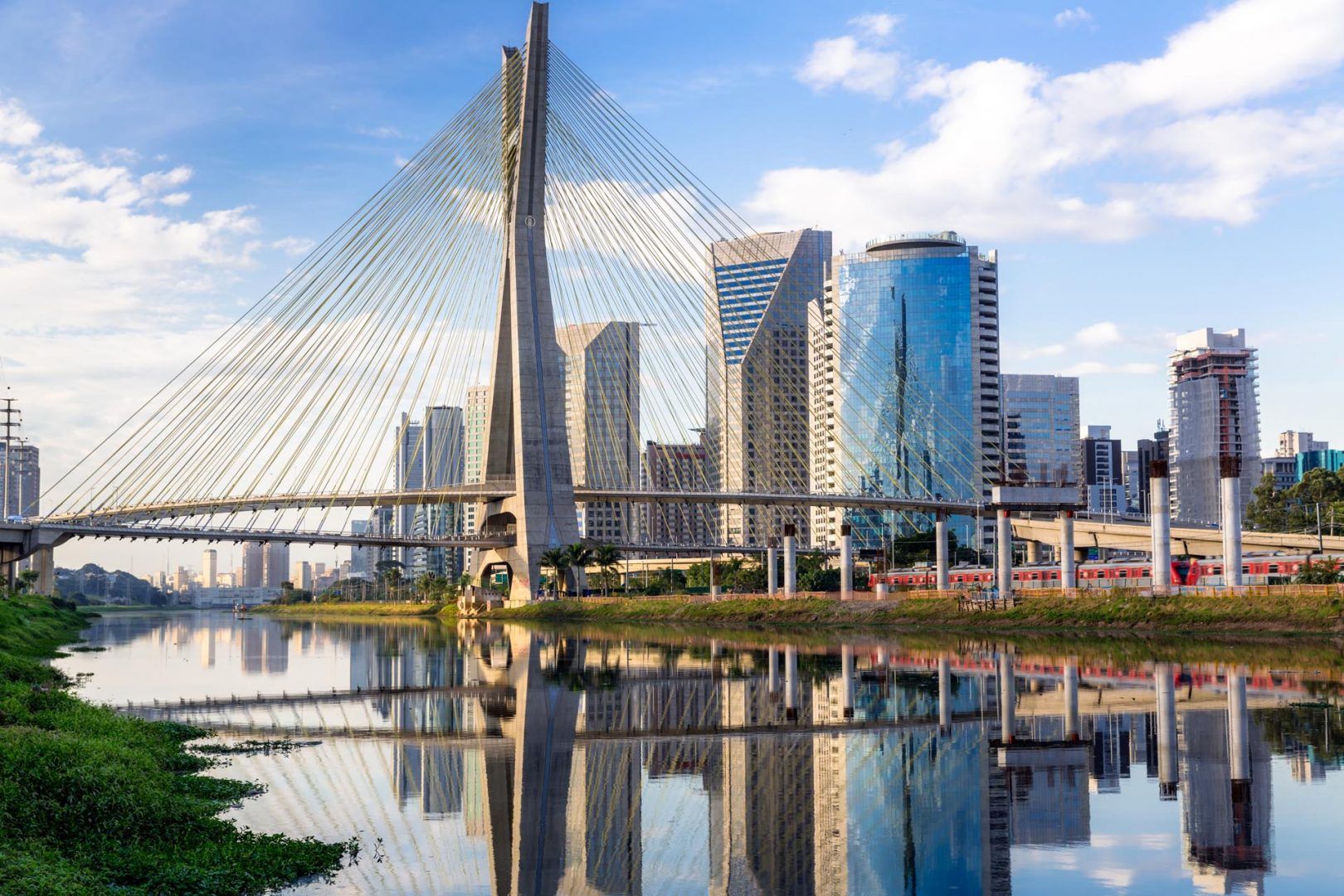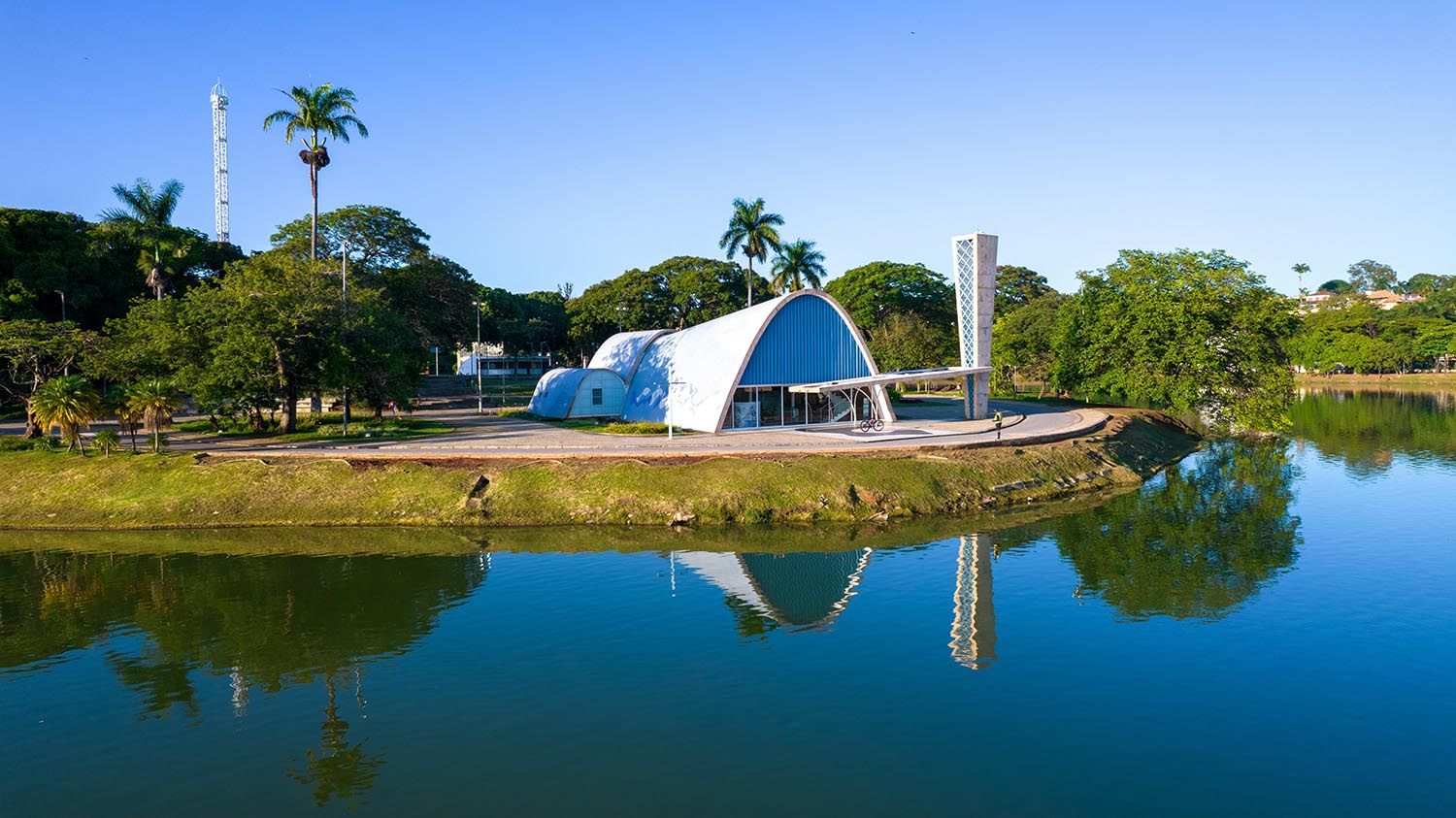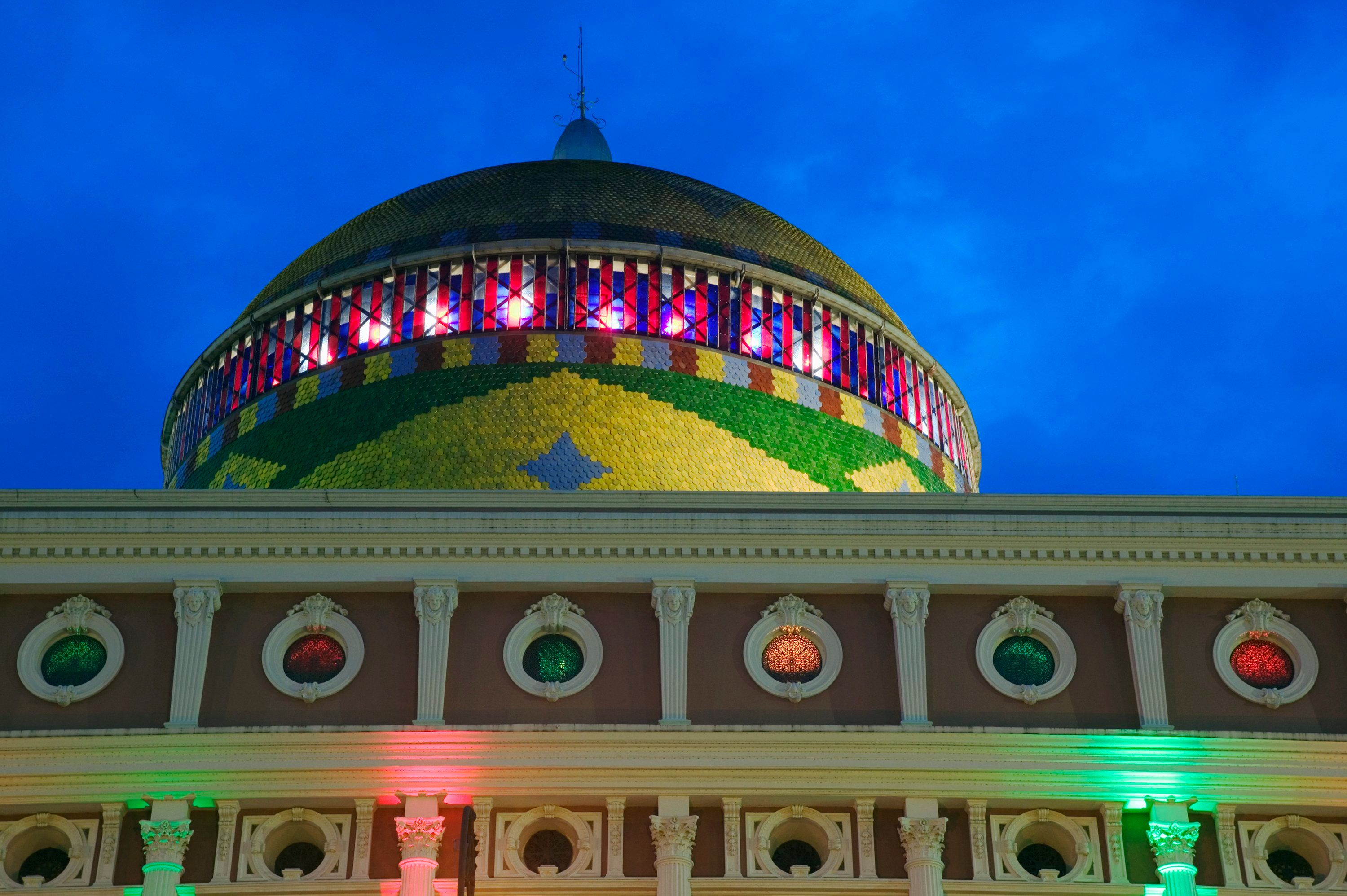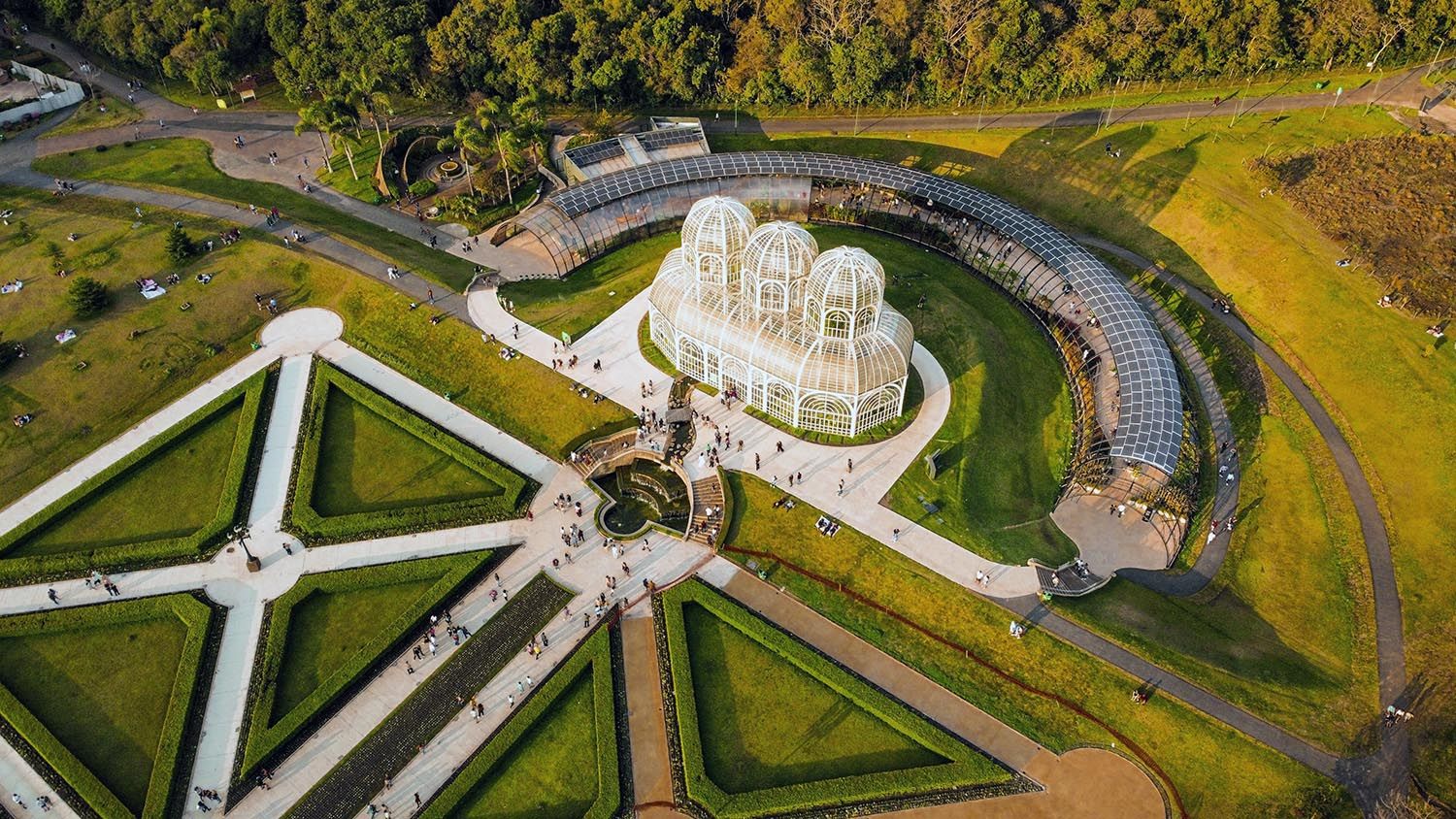- Brazil
- Rio de Janeiro
Planning your own trip? Prepare for your trip
Use Rough Guides' trusted partners for great rates
Travel advice for Brazil
From travel safety to visa requirements, discover the best tips for visiting Brazil
Plan and book your private, tailor-made tour with vetted local experts
Brazil isn’t a country you “see” – it’s one you feel. And the best way to feel it? Through its cities. The top Brazil cities aren’t always the most polished, but they hit you with something real: rhythm, contradiction, music in the streets, food that makes you sweat.
Some are loud and chaotic. Others are slow and sun-drenched. But every one of them earns its spot on this list.
Here are the 10 best cities to visit in Brazil – and why they’re worth your time.
Few cities in Brazil hit as hard as Rio. One moment you’re standing beneath Christ the Redeemer, the next you’re deep in the jungle of Tijuca Forest or dancing in the streets of Lapa. Rio isn’t subtle – it’s bold, messy, and unforgettable.
There’s no shortage of classic things to do in Rio de Janeiro: ride the cable car to Sugarloaf, sip a coconut on Ipanema Beach, or hike up to Pedra Bonita for city-meets-ocean views. But there’s more beneath the surface. Catch a samba rehearsal, take the yellow tram into Santa Teresa, or just sit at a beach kiosk watching the whole city go by.
If you’re wondering how many days to spend in Rio, give yourself at least three to hit the must-sees. But a week lets you slow down, squeeze in a few hikes, and maybe even take a boat to Ilha Grande or a side trip to Paraty.
Rio doesn’t do chill, but it does energy, beauty, and contradiction like nowhere else. It’s the city that sets the tone for Brazil, and once you’re in it, it’s hard to leave.
Rio has two main airports: Galeão (international) and Santos Dumont (domestic, central). Frequent flights connect it to other major cities in Brazil like São Paulo, Salvador, and Brasília.
December to March is high season – hot, crowded, and full of energy. For fewer crowds and cooler days, try April-June or September-November.

Palms and Two Brothers Mountain on Ipanema beach in Rio de Janeiro, Brazil.
São Paulo isn’t trying to be pretty, and that’s exactly why it works. This massive metropolis is Brazil’s cultural and creative capital, and easily one of the best cities in Brazil if you’re into art, food, and nonstop energy.
Skip the beach and dive into MASP’s art collection, street murals in Vila Madalena, or experimental theatre in República. The food scene is unmatched, with everything from feijoada in a backstreet boteco to high-end Japanese-Brazilian fusion in Jardins. Nightlife? Endless.
It’s intense, chaotic, and full of contradictions – but that’s what makes it one of the best places to visit in Brazil for urban explorers.
For the best places to stay in São Paulo, pick Vila Madalena for its bohemian buzz, Jardins for luxury and top restaurants, or Centro if you want gritty history and city views.
Fly into Guarulhos (GRU) for international flights or Congonhas (CGH) for domestic routes. Frequent connections from major cities in Brazil.
Visit between March-May or August-October for mild temperatures and fewer crowds. Summer brings heat and heavy rain.

Sao Paulo, Octávio Frias de Oliveira Bridge © Shutterstock
Salvador moves to its rhythm. Perched on the coast of Bahia, it’s one of the oldest and most culturally rich Brazil cities – a place where Afro-Brazilian traditions, colonial architecture, and everyday street life mix in a way you won’t find anywhere else.
Wander the cobbled streets of Pelourinho, where pastel buildings lean into steep hills and drums echo off stone walls. Taste acarajé fried in palm oil, watch capoeira in the plazas, and take it slow – Salvador isn’t a rush-through destination.
This is a must for any well-rounded Brazil itinerary. It’s not polished or manicured – it’s raw, layered, and unforgettable.
Fly into Salvador International Airport from São Paulo, Rio, Recife, or Brasília. It’s well connected by domestic flights. Long-distance buses run along the coast, but expect multi-day travel from the south.
The best time to visit Brazil for Salvador specifically is during Carnaval in February – intense, local, and unlike anything in Rio. For a quieter trip with dry, sunny weather, aim for September to November.

Old Town, Salvador de Bahia, Brazil @ Shutterstock
Recife and Olinda might sit side by side, but they feel like two different worlds – and visiting both gives you a deeper take on northeast Brazil. Recife is fast-paced and coastal, all high-rises and traffic, while Olinda is calm, colonial, and full of rhythm.
Start in Recife for its street markets, riverside bars, and carnival energy that doesn’t wait for February. Then head uphill to Olinda, a UNESCO-listed town of sloping cobbled streets, baroque churches, and brightly painted houses. Artists live and work here, and it shows – in the galleries, the walls, and even the sidewalks.
This pair easily earns a place among the best cities in Brazil for travelers who want a mix of history, culture, and local energy without the crowds of Rio or Salvador. If you’re planning a trip to Brazil that goes beyond the usual stops, make room for these two.
Fly into Recife’s international airport – one of the busiest in the northeast. Olinda is just 30 minutes away by taxi or local bus.
February brings wild, local-style Carnaval celebrations. For cooler, drier weather, visit from August to November.

Carnival masks, Olinda, Brazil @ Shutterstock
Brasília isn’t warm or charming – but it is one of the most fascinating Brazil cities. Built in just four years to become the capital, it’s a planned city where everything feels designed before lived in.
The appeal here isn’t in street life or atmosphere – it’s in the details. The futuristic buildings by Oscar Niemeyer, the rigid layout shaped like an airplane, the sense that you're walking through someone else’s idea of the future. It’s not everyone’s favorite, but it sticks with you.
Some of the most unusual things to do in Brazil are right here: visit the surreal Cathedral with its crown of glass, stand beneath the twin towers of the National Congress, or explore the massive Praça dos Três Poderes, where Brazil’s government literally meets in a plaza.
The airport has regular flights from major Brazil cities like São Paulo, Rio, and Salvador. It's also well connected by long-distance bus.
Dry season (May to September) is best for exploring on foot. October to April brings humidity and heavy afternoon rain.

The Cathedral of Brasilia was designed by Oscar Niemeyer. Brasilia, Distrito Federal, Brazil.
Belo Horizonte runs on conversation, cold beer, and plates of food big enough to share. It’s one of the best cities in Brazil that feels built more for locals than tourists, and that’s what makes it worth visiting.
The rhythm is slower here. You’ll spend afternoons in botecos, the city’s neighborhood bars, where tables spill into the street and everything stops for a good story. Dishes from Minas Gerais – feijão tropeiro, torresmo, pão de queijo – are simple, rich, and taken seriously.
The city sits in a bowl of hills, with lookout points and working-class neighborhoods rising along the edges. There’s little polish, but plenty of texture. If you’ve got a day to spare, head out to Inhotim – a sprawling outdoor museum surrounded by gardens, one of the most original art spaces in Brazil.
Fly into Confins Airport (CNF) from São Paulo, Rio, or Brasília. Buses connect to other major Brazilian cities, though travel times can be long.
April to September is dry and cooler. The rainy season runs from October to March, usually with short afternoon storms.

Belo Horizonte, overlooking the Church of São Francisco de Assis and Guanabara Park © Shutterstock
Florianópolis – or just Floripa to locals – is where Brazil slows down and kicks off its shoes. Half mainland city, half island, it offers 40+ beaches, each with a different rhythm. Some are surf spots, some are quiet coves, and some are full-blown party zones.
This isn’t just a beach town, though. Floripa mixes outdoor life with a relaxed urban core, fishing villages, forest hikes, and a growing food scene. Head to Lagoa da Conceição for bars and music by the water, or Barra da Lagoa for fresh fish straight from the boat.
If you’re looking for the best beaches in Brazil, this is where many locals would send you. Places like Praia Mole and Joaquina are known for surf and sand dunes, while Lagoinha do Leste takes more effort to reach – but gives you space, silence, and serious views.
Fly into Hercílio Luz Airport (FLN), with connections from São Paulo, Rio, and other major Brazil cities. Buses also run from the south and southeast.
December to March is peak season for beach weather, nightlife, and crowds. April to June is quieter, with warm days and fewer tourists.

Matadeiro Florianopolis beach Armacao, Brazil © Gustavo Testo/Shutterstock
Manaus feels improbable – a gritty port city surrounded by endless rainforest. But it’s here, and it’s where most Amazon journeys begin. You’ll fly in, sweat instantly, and find yourself standing in front of an opera house built during the rubber boom, topped with a tiled dome flown in from Europe.
Before heading into the forest, spend a day here. Visit the Teatro Amazonas, tour the old port area, and hit the markets where fish, fruit, and Amazonian remedies crowd the stalls. It’s loud, strange, and full of energy.
This is the main hub for reaching Amazon lodges, many of which are reached by boat and range from rustic to remote luxury. Most stays include jungle hikes, canoe trips, and night safaris – classic things to do in the Amazon that are best booked in advance.
Fly into Eduardo Gomes Airport from São Paulo, Brasília, or Rio. There are no major roads into Manaus – you're either flying or floating.
June to October is dry season – better for hiking and low water adventures. December to May means higher rivers and more canoe access.

Brazil, Manaus, Teatro Amazonas
Curitiba is sharp-edged, practical, and quietly confident. It’s not loud or sprawling, but it works: public transport is efficient, green spaces are everywhere, and the city feels planned without being soulless.
You’ll notice the difference right away. The streets are cleaner, traffic is calmer, and things run more or less on time. It’s a good place to pause, breathe, and reset between the bigger stops on your route.
Cultural spaces like Ópera de Arame and MON (the Oscar Niemeyer Museum) give the city a modernist edge. There’s also a strong Polish and Ukrainian influence in the food and architecture, adding something a little unexpected to your plate. Curitiba often flies under the radar, but it’s a solid stop on well-planned Brazil trips.
Fly into Afonso Pena Airport from São Paulo or Rio. Buses run frequently from São Paulo and Florianópolis.
March to May and September to November are mild and dry. Winter can be cold, especially at night, but rarely extreme.

An aerial shot of Botanical Garden of Curitiba in Curitiba, Brazil © Shutterstock
Paraty runs at a slower pace. Its cobbled streets are closed to cars, its churches face the sea, and its days are shaped by tides, not traffic. You come here to disconnect – and maybe drink a little cachaça while you do it.
The town is small, but there’s plenty to fill your time. Take a boat out to one of the nearby islands, hike in the surrounding rainforest, or just wander between whitewashed buildings and art galleries. It’s busy on weekends, quiet midweek, and always walkable.
The mix of mountains, sea, and preserved colonial architecture makes Paraty feel older than it is – and somehow timeless all the same.
Paraty is a four- to five-hour drive from Rio or São Paulo. Regular buses run from both cities, with coastal views along the way.
May to September is drier and better for hiking or boat trips. Summer months bring heat, rain, and bigger crowds, especially around New Year.

Paraty, Brazil © LucVi/Shutterstock
written by
Olga Sitnitsa
updated 25.07.2025
Online editor at Rough Guides, specialising in travel content. Passionate about creating compelling stories and inspiring others to explore the world.
Use Rough Guides' trusted partners for great rates
From travel safety to visa requirements, discover the best tips for visiting Brazil
Discover Brazil's most captivating stories